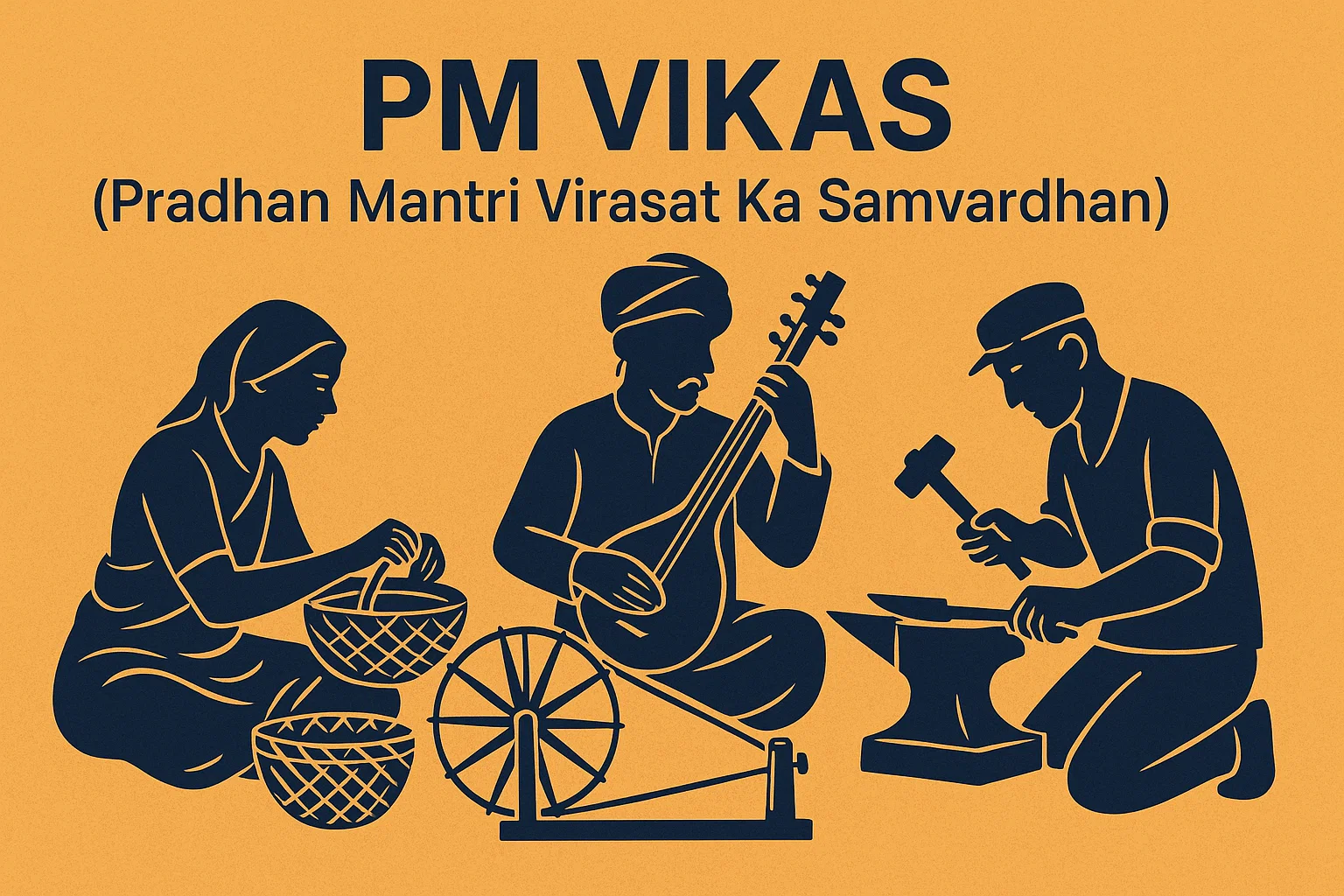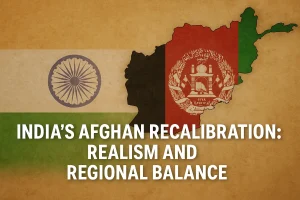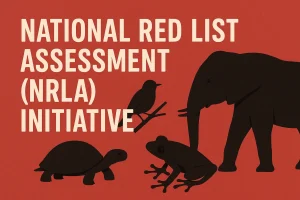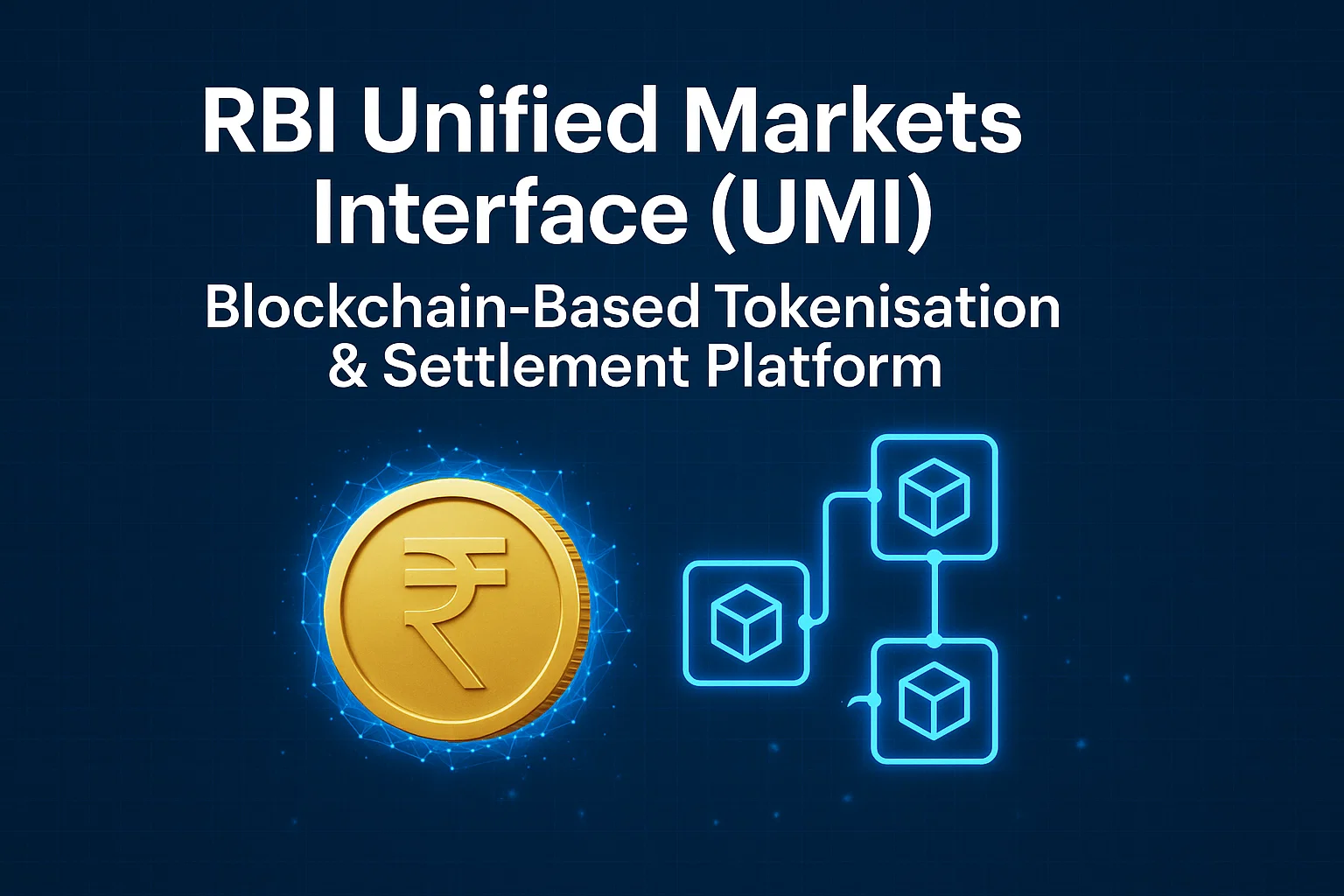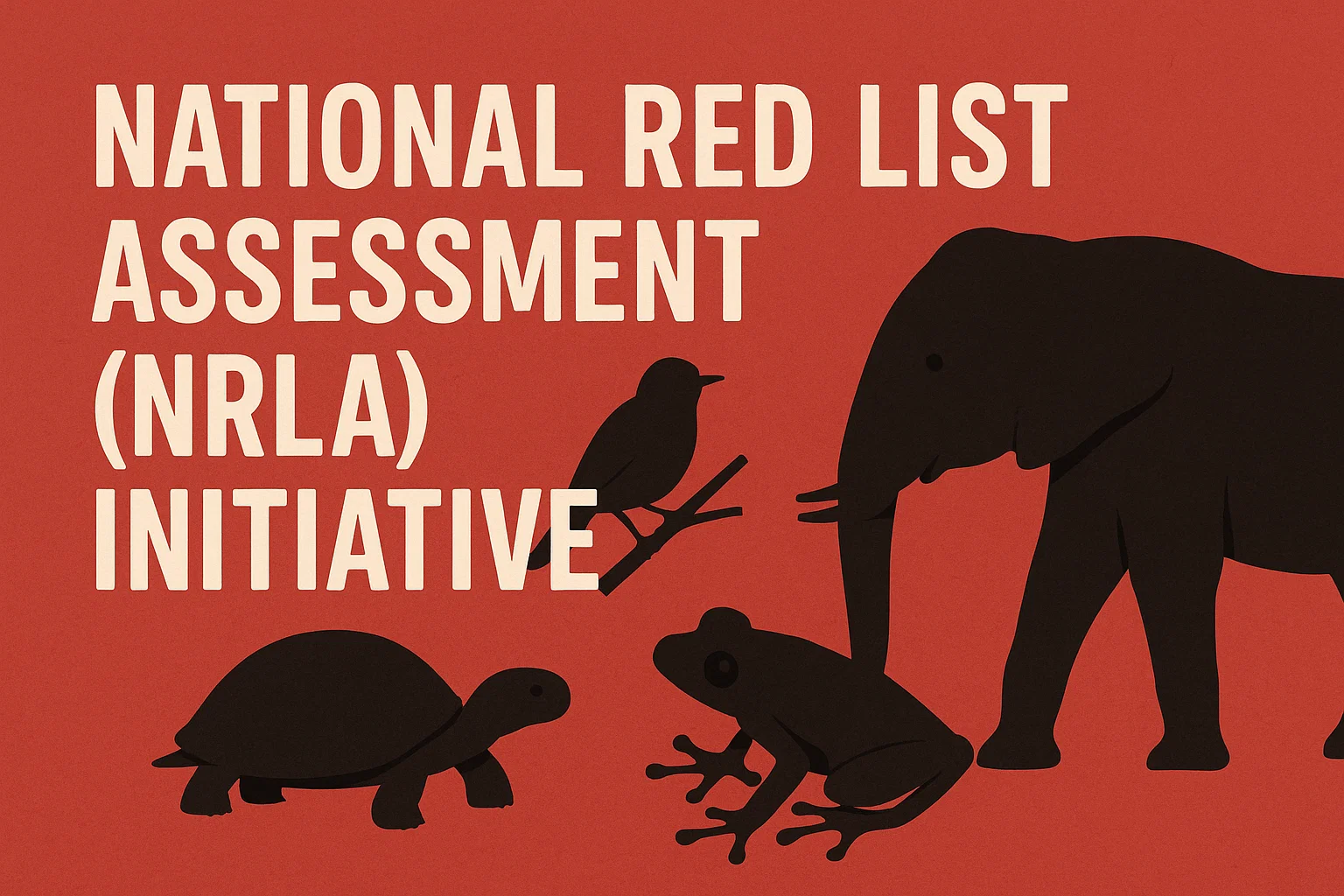PM VIKAS Scheme: Skilling and Empowering Minority Communities
PM VIKAS integrates skilling, innovation, and heritage preservation to empower India’s minority communities for inclusive growth.
Introduction
The Pradhan Mantri Virasat Ka Samvardhan (PM VIKAS) Scheme is a flagship initiative of the Ministry of Minority Affairs that seeks to drive inclusive socio-economic empowerment among India’s minority communities. Recently, the Ministry signed a Memorandum of Understanding (MoU) with the Indian Institute of Technology (IIT) Palakkad, Kerala, to implement a skilling project under PM VIKAS, marking a significant step towards blending traditional livelihoods with advanced technological skill development.
About the PM VIKAS Scheme
Launched as a comprehensive framework, PM VIKAS consolidates five earlier schemes—USTTAD (Upgrading the Skills and Training in Traditional Arts/ Crafts for Development), Seekho aur Kamao, Nai Roshni, Nai Manzil, and Hamari Dharohar—into a unified, results-oriented programme. This merger enhances efficiency, accountability, and scalability, ensuring that training and livelihood opportunities reach the grassroots level.
The scheme aims to enable sustainable livelihoods, foster entrepreneurship, and preserve India’s rich cultural heritage, while simultaneously aligning with the National Education Policy (NEP) 2020 and the National Skill Development Mission. It represents a shift from fragmented welfare to integrated empowerment—bridging traditional craftsmanship with modern industrial and digital sectors.
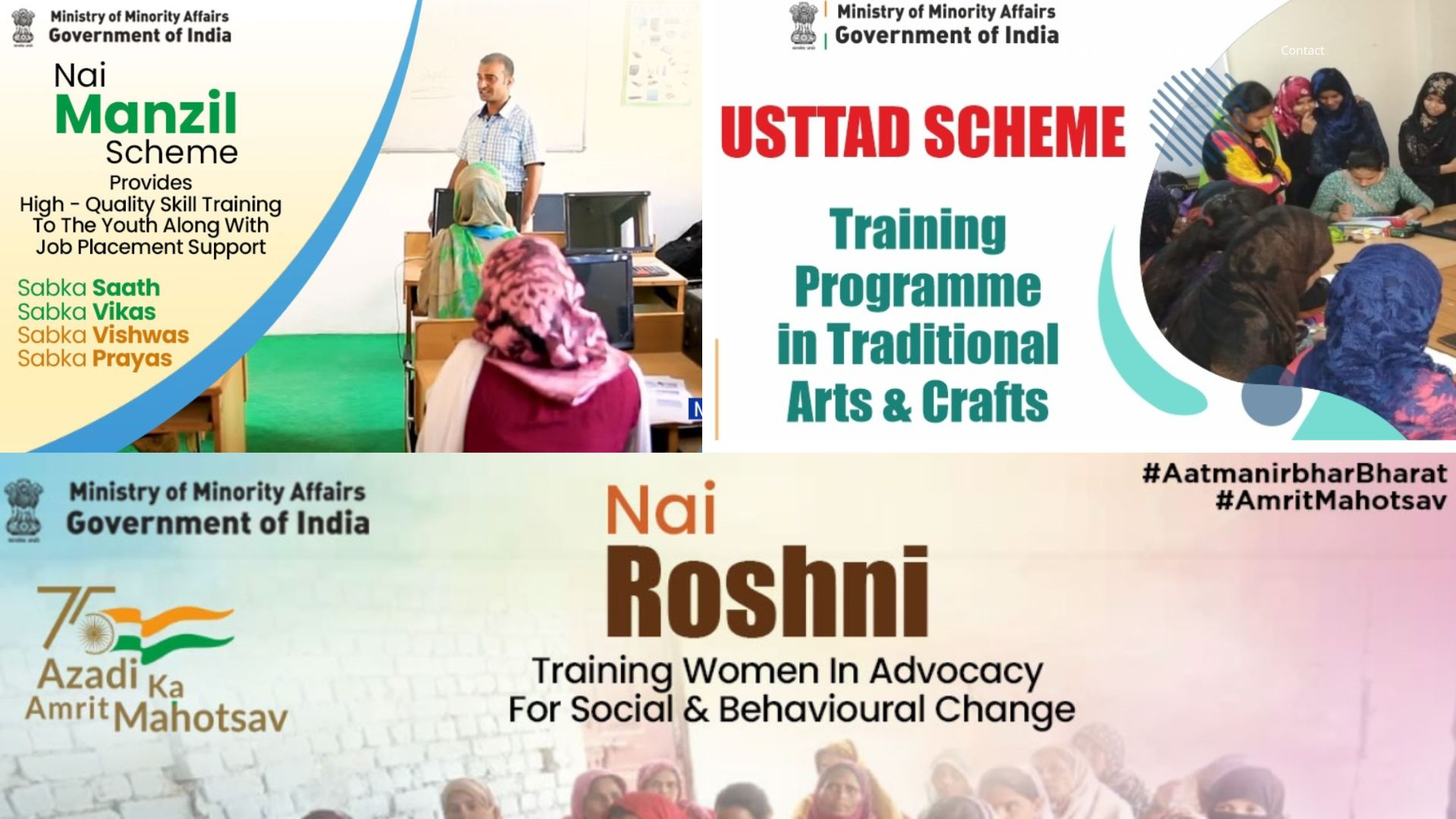
Key Components and Objectives
1. Skill Development and Modernisation
PM VIKAS provides comprehensive skilling in both traditional and emerging domains. Training modules include advanced technology areas such as chip design, drone research and development, and embedded systems. For instance, IIT Palakkad will train around 100 candidates as Junior Chip Designers and Embedded Software Engineers, alongside 100 Junior Engineers in Drone R&D. This integration with frontier technologies ensures that minority youth are not left behind in India’s digital and industrial transformation.
2. Entrepreneurship and Financial Inclusion
The scheme emphasises entrepreneurship support through incubation facilities, market linkages, and access to credit. By connecting trainees with institutions such as SIDBI and Stand-Up India, PM VIKAS fosters business creation and self-reliance. It also encourages the use of digital platforms for marketing, ensuring that artisans and entrepreneurs can directly reach national and global consumers.
3. Education and Livelihood Convergence
The initiative aligns skill development programmes with the Pradhan Mantri Kaushal Vikas Yojana (PMKVY) and NEP 2020 to ensure compatibility between academic learning and market-driven skills. This alignment ensures a seamless transition from education to employment, particularly in high-demand sectors.
4. Heritage Preservation and Cultural Continuity
A unique feature of PM VIKAS is its focus on reviving and sustaining traditional skills. Artisans, weavers, and craftsmen receive training in design innovation, product diversification, and e-commerce, helping them adapt to modern markets without losing the essence of their cultural heritage. The integration of Hamari Dharohar under PM VIKAS safeguards India’s intangible cultural wealth while making it economically viable.
Strategic Alignment and Broader Impact
PM VIKAS contributes directly to Sustainable Development Goal (SDG) 8 (Decent Work and Economic Growth) and SDG 10 (Reduced Inequalities), promoting inclusive and equitable growth. It also supports the objectives of flagship national missions such as Make in India, Digital India, and the India Semiconductor Mission.
By combining skill training with innovation, finance, and cultural preservation, PM VIKAS represents a holistic vision of inclusive development—where heritage meets high technology. The collaboration with IITs and other academic institutions ensures that minority youth gain access to world-class education, research, and mentorship opportunities, thereby enhancing employability in both traditional and modern sectors.
The PM VIKAS scheme, therefore, is not merely a welfare initiative—it is a transformative blueprint for empowering communities, bridging economic divides, and preparing India’s minority workforce for a rapidly evolving global economy.
Subscribe to our Youtube Channel for more Valuable Content – TheStudyias
Download the App to Subscribe to our Courses – Thestudyias
The Source’s Authority and Ownership of the Article is Claimed By THE STUDY IAS BY MANIKANT SINGH
